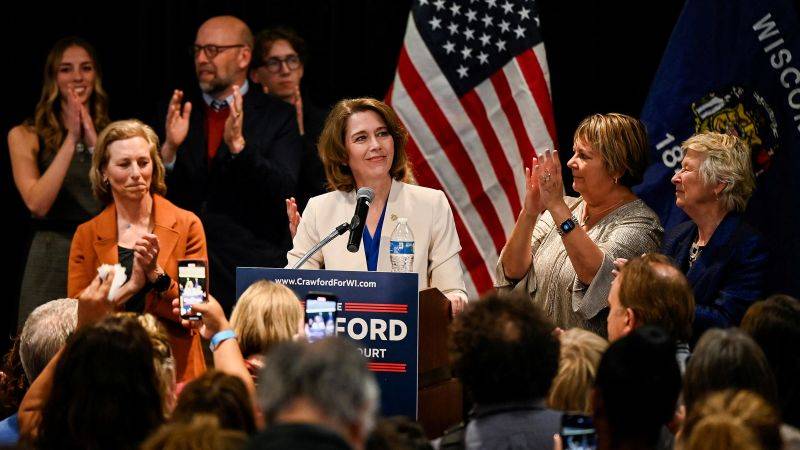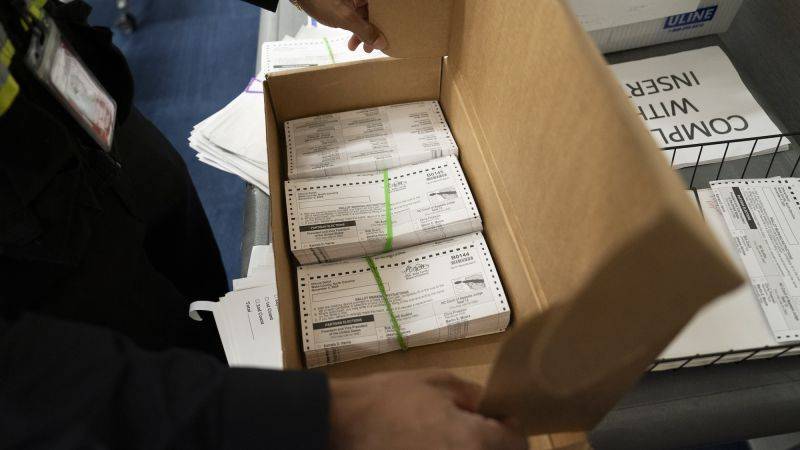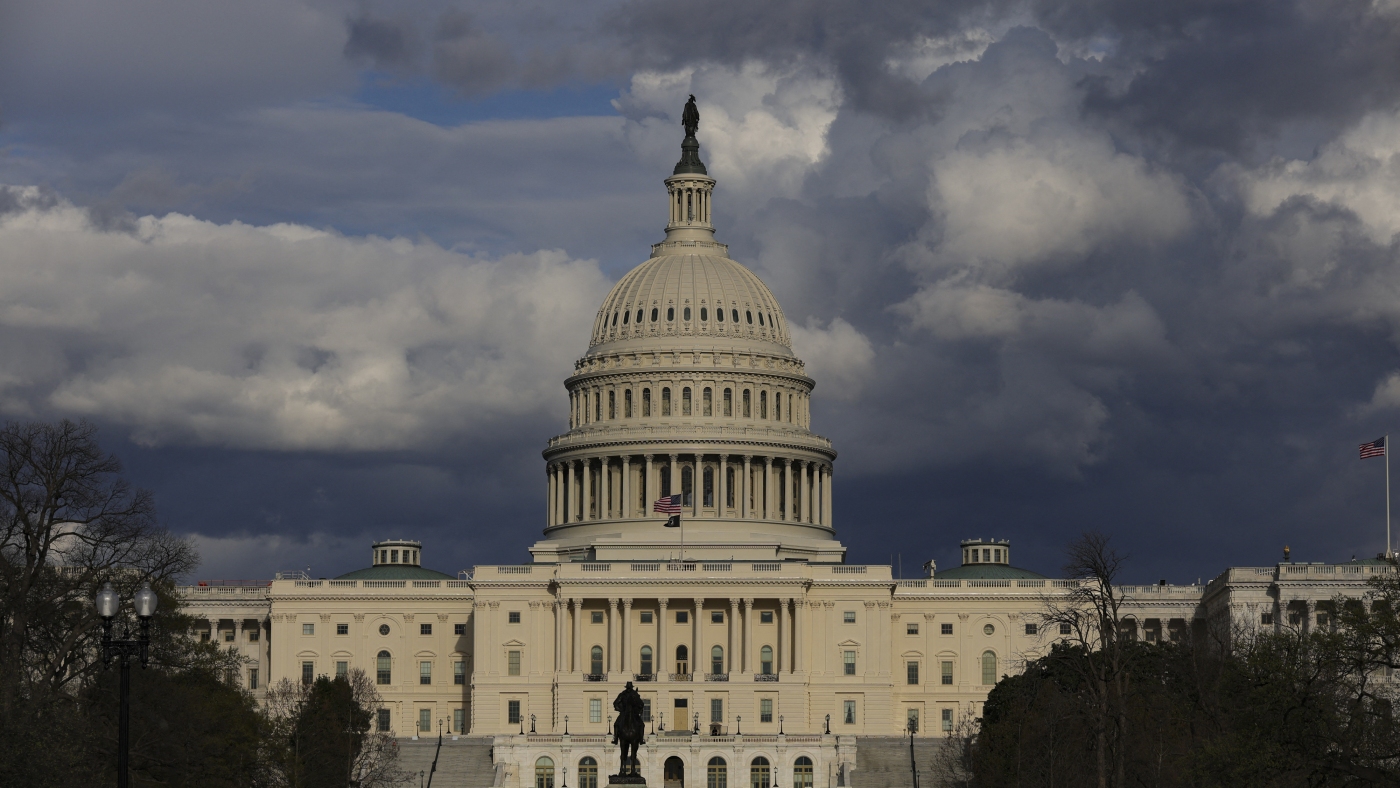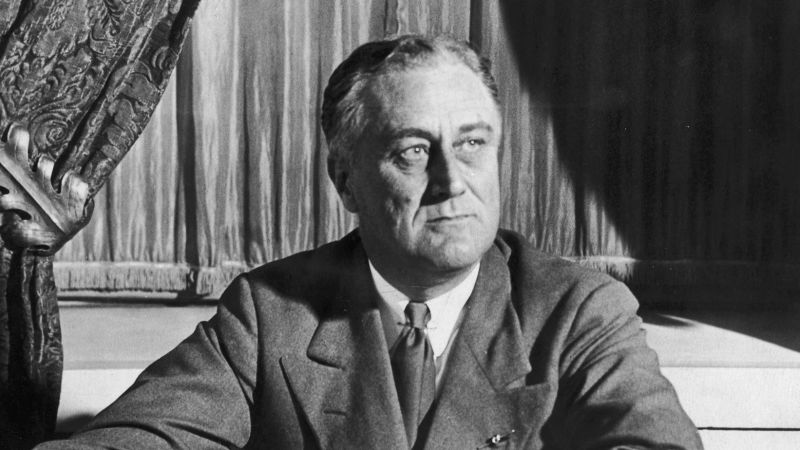Trump Voter Turnout Concerns
As a seasoned political journalist, I’ve observed an intriguing shift in voter dynamics following the 2024 presidential election. The term “Trump voter turnout concerns” encapsulates the Republican Party’s growing worry about maintaining voter support while facing robust Democratic performance. This narrative is underscored by several key factors: voter turnout, demographic shifts, and voter confidence.
Voter Turnout and Election Results
In the 2024 election, Donald Trump received 77,284,118 votes, securing 49.8% of the total count, marking the second-highest vote total in U.S. history. However, Democrats also saw significant gains, with Kamala Harris securing 74,999,166 votes, indicating a tight race despite Trump’s slight edge in the popular vote. The election saw a high turnout of over 155 million voters, though this represented a decrease from the 66.6% voter turnout of 2020 to 63.9%.
Demographic Shifts and Voter Trends
Analyzing voter demographics reveals interesting trends. Trump improved his standing across racial groups, though his support among Black Americans and Hispanic voters decreased compared to his opponents’ margins in 2020. For instance, while Black Americans still largely supported the Democratic candidate, their support decreased from a net +84 in 2020 to +67 in 2024.
Voter Confidence
Voter confidence also shifted post-election. Republicans expressed increased confidence in the voting process, with 94% of Trump voters believing in-person votes were counted as intended, up from 64% in 2020. This contrasts with decreased confidence among Democratic voters, reflecting broader concerns about election integrity.
Youth Vote and Economic Concerns
The youth vote played a crucial role, with many young people focusing on economic issues and feeling disconnected from the political process. Those who prioritized economic concerns were less likely to vote, highlighting the challenge of engaging this demographic. The economy was a key issue for many voters, especially young Black and Hispanic men, who cited inflation and jobs as significant factors in their voting decisions.
Looking Ahead
In reflecting on these dynamics, it’s clear that the political landscape is evolving rapidly. Understanding these shifts is essential for both parties as they look to the future and address voter turnout and demographic changes.
For more detailed analysis on these developments, you can explore Epochedge’s coverage of political trends and insights at Epochedge Politics. Additionally, top-tier news platforms like CNN provide ongoing updates on these issues, offering a broad perspective on the political scene: CNN Politics.
The rise in Republican concerns about voter turnout reflects broader challenges in maintaining consistent support across diverse demographics. As the political environment continues to shift, understanding these dynamics will be essential for future election strategies.









